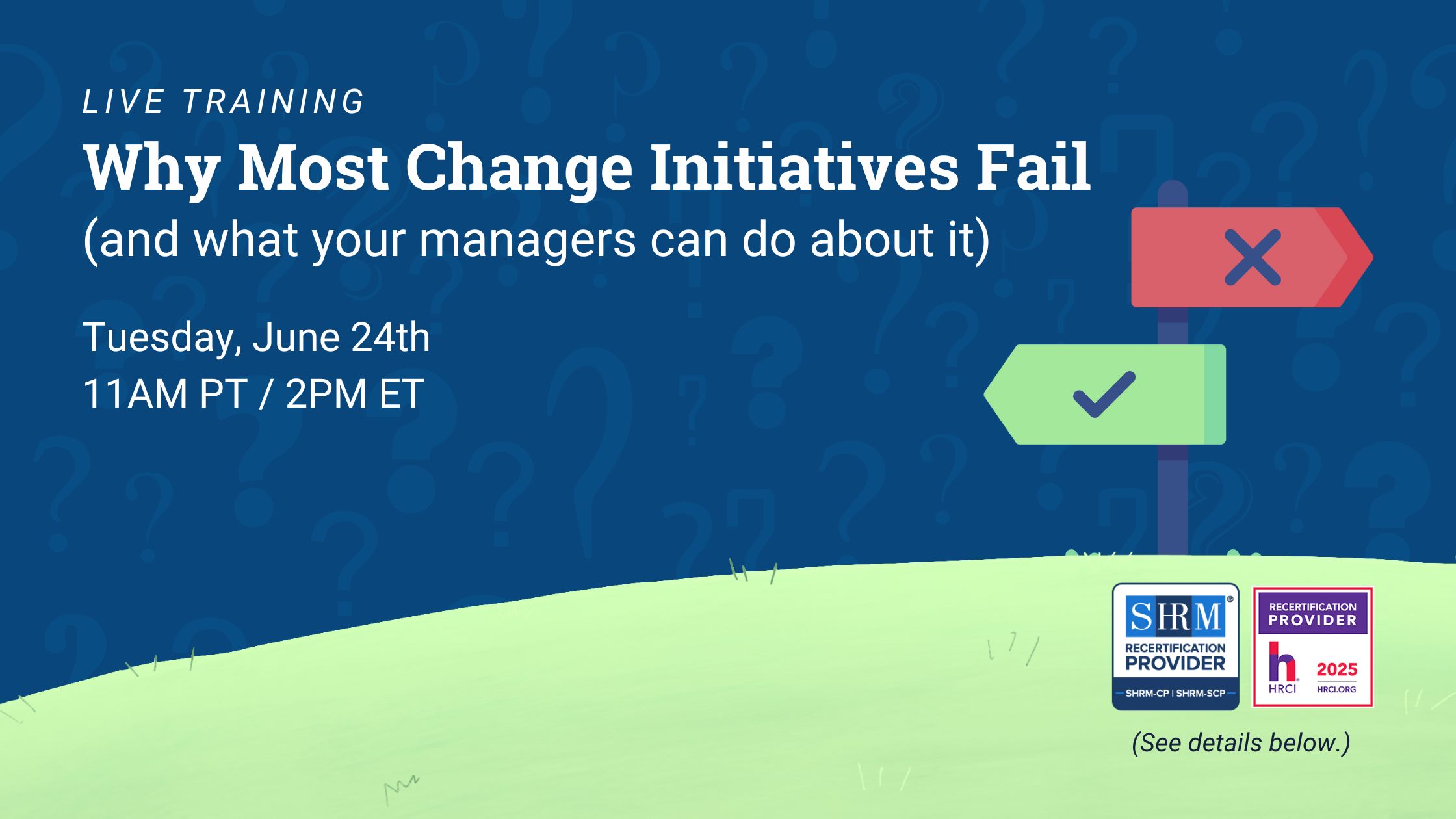In today’s fast-paced corporate landscape, where talent is considered the most valuable asset, a subtle yet destructive phenomenon known as “quiet quitting” has begun to cast a shadow over the workforce. It’s a term that describes the silent disengagement of employees who may not officially resign but have mentally and emotionally checked out of their roles.
In this article, we will delve into the concept of quiet quitting, exploring its definition, prevalence in the modern workforce, signs, and impact on employers. We will also provide actionable strategies for preventing this insidious trend from taking hold within your organization while maintaining positive levels of employee engagement.
What Is Quiet Quitting & Why Is it Bad for Business?
Quiet quitting refers to a situation in the workplace where employees disengage and reduce their effort, motivation, and productivity without overtly resigning or vocalizing their dissatisfaction. It is a silent form of employee attrition that can be detrimental to businesses. In quiet quitting, employees may appear physically present but mentally checked out, leading to a decline in work quality, missed deadlines, and a toxic atmosphere.
Quiet quitting is harmful to business because it not only hampers productivity and innovation but can also spread negativity among the workforce, impacting team dynamics and, ultimately, the organization’s bottom line. It is vital to identify and address signs of quiet quitting in order to maintain an engaged and motivated workforce.
Is Quiet Quitting Real and a Trend in Today’s Workforce?
Yes, quiet quitting is indeed a real and concerning trend in today’s workforce. A 2022 Gallup survey found that at least half of U.S. workers have quiet-quitter tendencies, meaning they are not going above and beyond at work and are just meeting their minimum job requirements. This trend is likely to have started due to the COVID-19 pandemic, the Great Resignation, the Gen Z quiet-quitting trend, and rising inflation, among other factors.
The pandemic led to a number of changes in the workplace, including increased remote work, blurred lines between work and personal life, and burnout. These changes have made it more difficult for employees to feel engaged and motivated at work.
The Great Resignation also contributed to the rise of quiet quitting. In recent years, millions of workers quit their jobs. Those who remained felt pressured to do more with fewer resources. Each of these changes often led to employees feeling burnt out and unmotivated, which may have made them more likely to quit quietly.
Contemporary employees, especially those from Gen Z, are increasingly prioritizing a more balanced work-life equilibrium. They are less willing to sacrifice their personal time and well-being for their work. Gen Z employees exhibit a greater tendency towards work disengagement when compared to their older counterparts. Several factors are contributing to this pattern of behavior, including inflexibility in the workplace, feelings of undervaluation, strained relationships with managers, and a lack of well-defined goals and expectations.
Also, economic uncertainty can serve as a trigger for quiet quitting within the workplace. Employees who perceive instability in the broader economy often become concerned about job security and financial stability. This apprehension can lead to reduced engagement and motivation at work as they start to explore alternative employment options or become more risk-averse in their roles. Additionally, companies may implement cost-cutting measures that can strain employee morale during economic uncertainty, such as salary freezes, layoffs, or reduced benefits. These factors collectively contribute to a sense of unease and disengagement among employees, leading them to disinvestment in their current roles.
Rising inflation is another factor that is contributing to quiet quitting. As the cost of living rises, employees feel more financially stressed.

4 Signs of Quiet Quitting from Employees
1. Decreased engagement
When an employee’s engagement dwindles, it often manifests as a lack of enthusiasm and participation in their job. This decline can be subtle, but it’s a red flag for employers. An engaged employee typically contributes actively in meetings, shares innovative ideas, and collaborates effectively with coworkers. However, as they embark on the path of quiet quitting, they become passive observers, rarely voicing their thoughts or opinions. This shift in behavior may indicate underlying issues such as burnout, frustration, or feeling undervalued, pushing them to mentally disengage from their role as they struggle to find motivation and fulfillment in their work.
2. Reduced productivity
A drop in productivity is a silent but disastrous consequence of quiet quitting. Efficient tasks start to take longer, and the quality of the employee’s work may noticeably decline. This decline often results from a lack of motivation or the perception that their efforts go unnoticed. When employees no longer see the fruits of their labor or feel appreciated, they may lose the drive to perform at their best.
3. Increased absenteeism
Rising absenteeism is another telltale sign that an employee may be quietly quitting. While occasional absences are typical, a consistent pattern of unexplained or frequent time off can indicate disengagement and a desire to avoid the workplace. Employees who are silently quitting may use absences as a coping mechanism to escape the stress or dissatisfaction they feel in their jobs.
4. Increased negativity
Employees on the path to quiet quitting often begin to express more negative opinions about their workplace, colleagues, or working conditions. While they may not openly confront anyone, their comments and attitudes may reflect a growing dissatisfaction they’re unwilling to address directly. This negativity can spread like wildfire within a team, impacting morale and cohesion. Moreover, it can be a sign that the employee has given up hope for positive change, choosing instead to voice their discontent indirectly.
What Does Quiet Quitting Mean for Employers?
Quiet quitting can have negative implications for employers and business owners. When employees silently disengage from their work, it can lead to increased turnover, decreased productivity, and a toxic workplace culture. Here’s how it affects employers:
1. Decreased productivity
Disengaged employees are less motivated, leading to reduced output and lower quality of work. Combined, these results impact the overall efficiency and effectiveness of the organization.
2. Increased turnover
Quiet quitters are more likely to seek new opportunities elsewhere, leading to higher turnover rates. Replacing experienced employees can be costly and disrupt business operations.
 3. Negative workplace culture
3. Negative workplace culture
The presence of quiet quitters can erode the team’s morale and create a hostile atmosphere. These effects can demoralize other employees, leading to a toxic work environment.
4. Missed innovation
Employees who silently disengage may stop contributing ideas and innovation, stifling creativity and growth potential within the organization.
4. Customer impact
Decreased engagement can affect customer service and satisfaction. At worst, it can result in a loss of customers and damage to the company’s reputation.
4 Ways to Prevent Quiet Quitting in the Workplace
1. Regular feedback and check-ins
Establishing a culture of open and frequent communication between managers and employees is essential in preventing quiet quitting. Regular one-on-one meetings provide a dedicated space for employees to discuss their performance, concerns, and career aspirations. These interactions allow employees to voice their opinions and feel heard, creating a sense of value within the organization. Moreover, this ongoing dialogue enables managers to spot signs of disengagement early and take corrective actions. By proactively addressing issues and providing constructive feedback, organizations can help employees stay motivated and committed to their roles, reducing the likelihood of quiet quitting.
 2. Offer growth opportunities
2. Offer growth opportunities
Providing clear paths for career growth is a powerful way to combat quiet quitting. When employees are introduced to opportunities for skill development, training, and advancement within the organization, they are more likely to remain engaged. Creating a personalized employee development plan for each employee, complete with achievable goals and milestones, demonstrates the organization’s commitment to their professional growth. It not only keeps them motivated but also fosters a sense of purpose and investment in their work. By investing in the development of their skills and careers, employees are less likely to disengage quietly as they see a tangible future within the company.
3. Promote work-life balance
Encouraging a healthy work-life balance is crucial to prevent burnout and disengagement. It starts with setting realistic expectations for work hours and workload. Overloading employees with excessive tasks or expecting them to be constantly available can lead to stress and dissatisfaction. Taking regular breaks, using their vacation time, and prioritizing self-care should be encouraged, as they help employees to maintain their well-being. Employees are more likely to be satisfied with their jobs when their professional and personal lives are balanced. As a result, they are also less inclined to engage in quiet quitting.
4. Recognize and reward performance
Public recognition, bonuses, or even simple expressions of appreciation for employees’ hard work and achievements can make them feel valued and appreciated. This positive focus on employees’ efforts can help them remain engaged and committed to their roles. Recognition also fosters a positive work environment where employees are motivated to excel. Reinforcing the importance of employees’ contributions to the organization’s success can serve as a powerful antidote to the negativity and disengagement associated with quiet quitting.
Conclusion
Quiet quitting is an issue with disastrous consequences to employees and employers. Employees resign from jobs while still performing tasks for remuneration and benefits. For this reason and others, employers need to be vigilant and proactive in addressing this phenomenon. By fostering a culture of open communication, offering growth opportunities such as career development and training, promoting work-life balance, and recognizing and rewarding performance, organizations can not only prevent quiet quitting but also create an environment where employees feel valued, motivated, and committed to their roles. In every stage of the employee lifecycle, INTOO helps employers create a more positive brand through effective candidate experience, career development, and outplacement services. Contact us to learn how we can make a difference for you and your employees.


 3. Negative workplace culture
3. Negative workplace culture 2. Offer growth opportunities
2. Offer growth opportunities








